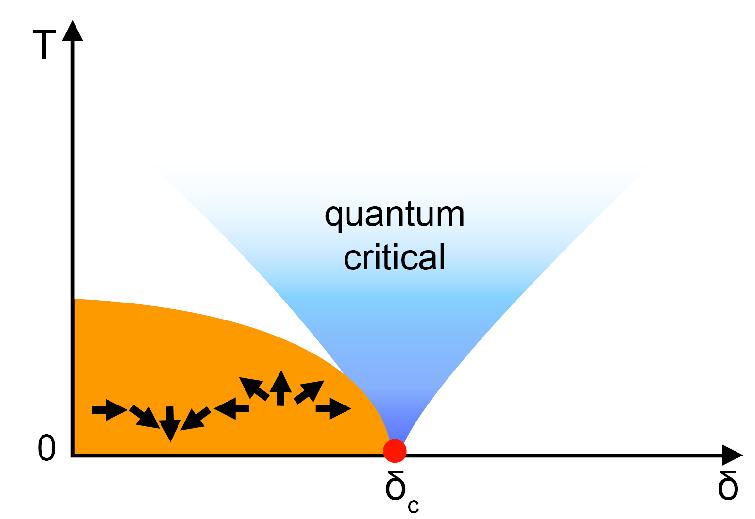Oxygen vacancy-driven orbital multi-channel Kondo effect in Dirac nodal line metals IrO2 and RuO2
The non-symmorphic rutile space group enforces the existence of a network of Dirac nodal lines in the Brillouin zones of transition metal rutiles like RuO2 and IrO2 A recent report published in Nature Communications demonstrates that oxygen vacancies in IrO2 and RuO2 nanowires drive a fragile many-body state known as the orbital Kondo effect.

Interestingly, the symmetries that enforce the existence of DNLs also promote the formation of nonmagnetic Kondo correlations. The demonstration that the non-symmorphic rutile space group supports oxygen-driven orbital Kondo effects in transition metal rutiles holds promise for the realization of novel states of matter and may have ramifications in other materials featuring oxygen vacancies.
